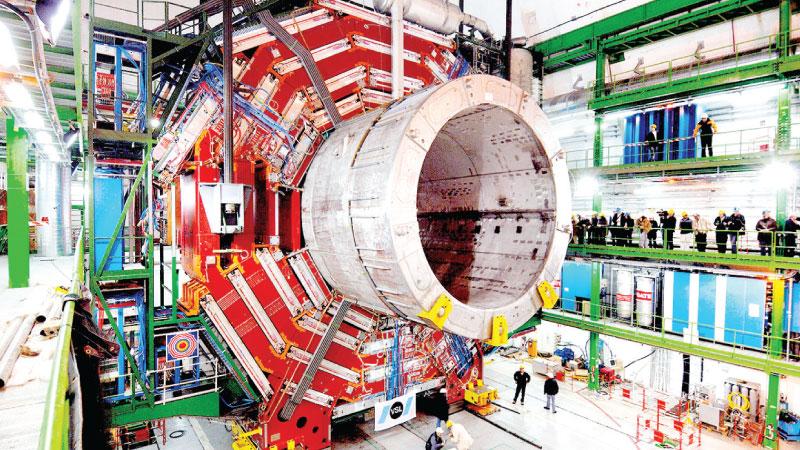
Travelling at the speed of light has been man’s dream for decades. If achieved, we could travel further into deep space exploring the unknown. The human brain has an ever-present hunger and thirst for knowledge. This brought birth to a special project developed by the European organisation for nuclear research located in Geneva Switzerland. CERN as it is now known was established in 1954, the organisation’s purpose is to operate the worlds largest particle physics laboratory in the world. CERN is founded and governed by 23 member states of the European union, some countries include; the United Kingdom, France, Switzerland, Germany and others.
CERN is almost like Disneyland for scientists, researchers and engineers. It is home to the world’s largest and most powerful particle accelerator. The Large Hadron Collider (LHC). It consists of a 27-kilometre long ring of superconducting magnets with a number of accelerating structures to boost the energy of the particles along the way. The LHC project was initiated on September 10, 2008 and remains the largest and latest addition to CERN’s accelerator complex.
The accelerator works by colliding two high-energy particle beams together at close to the speed of light. Keeping in mind that the speed of light in a vacuum is approximately 299,792 kilometres per hour. Physicists state that theoretically nothing known to humans can travel faster than the speed of light. The particle beams travel in opposite directions in the accelerator using separate beam pipes, these are special pipes designed to be kept at ultrahigh vacuum conditions. The particles are guided around the accelerator ring by a strong magnetic field constantly maintained by the superconducting electromagnets surrounding the ring at various locations.
These electromagnets are built from coils of special electrical cable that enables it to operate under superconducting states. This allows them to efficiently conduct electricity without loss of energy or resistance. In order to ensure that there is no energy loss due to the high heat produced, the magnets are chilled to a blistering temperature of -271.3 degrees Celsius, this temperature is colder than that of outer space. To maintain such an abysmal temperature, a distribution system containing liquid helium is used to cool the accelerator as well as other servicers.
As mentioned earlier, the method in which that keeps the two particle beams on track throughout the accelerator are thousands of magnets of different types and sizes. Each series of magnets vary in polarity as well as magnetic strength. Some magnets are larger than others. Approximately 1232 dipole magnets 15 meters in length used to bend the beams and roughly 392 quadrupole magnets, each ranging between 5 to 7 metres in length which focus on the beams.
To put the two classes of magnets into perspective. Dipoles are magnets that have two oppositely charged points also know as poles, these are like your regular magnets with a north and south pole at either end. A quadrupole is a magnet that has two north poles and two south poles, these are used to focus a beam of particles due to its high intensity magnetic fields. Just before the two particle beams collide, another type of magnet is used to ‘squeeze’ the particles together. This increases the chances of collision.
According to CERN, due to each particle’s tiny nature, the task of making the particles collide is like firing two needles at each other 10 kilometers apart with such precision that they meet halfway. The entire operation and controls for the accelerator are housed under one room at the CERN command and control center. They control the beams collision in the LHC and ensure that the beams collide at four specific locations around the accelerator ring. These locations hold four particle detectors that provide the researches with the data they are analyzing.
To date the Large Hadron Collider is proving researches and scientists alike to come closer and closer to achieving unsolved physics questions such as well as the ability to measure the properties of the Higgs boson particle. Rumor has it that CERN is trying to use the LHC to create and study black holes.
